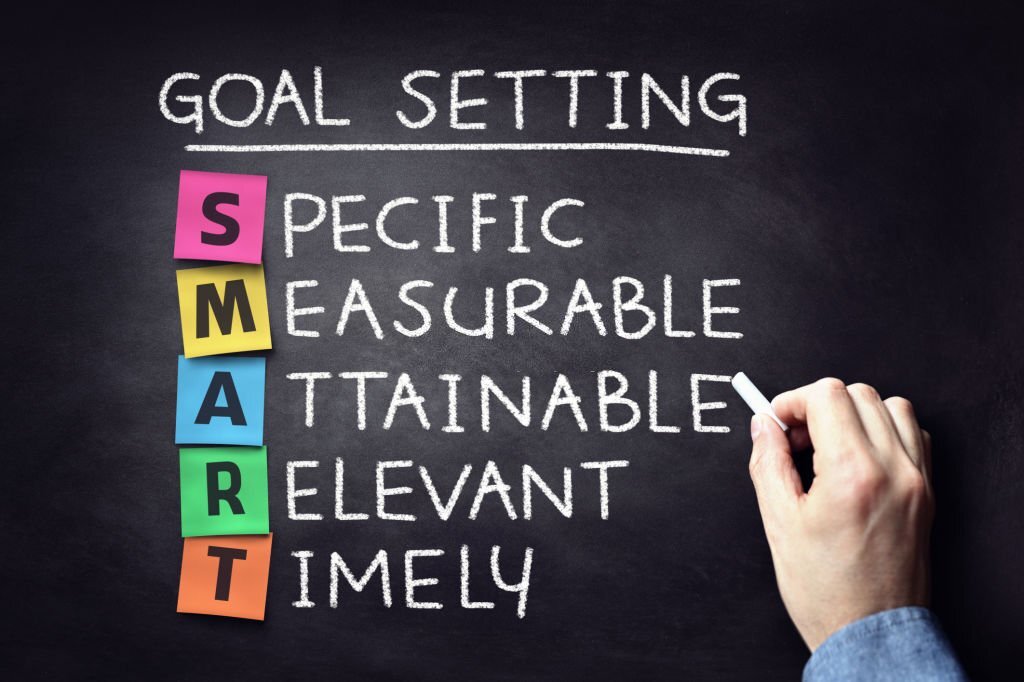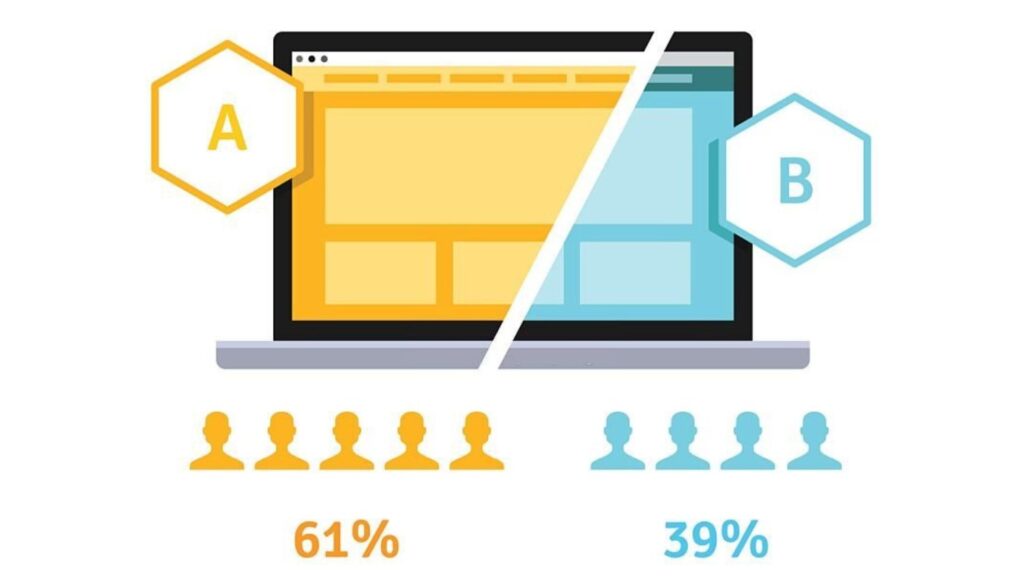In this comprehensive guide, you will be learn how to craft an effective nine-step DIY marketing strategy that supports your business objectives. You will also see real-world examples so you have a clearer pictures of how things should be done.
So, let’s roll up your sleeves and get started!
What is DIY marketing?
DIY marketing, short for “Do-It-Yourself” marketing, is a cost-effective approach where small business owners take control of their marketing initiatives. Instead of relying solely on external agencies or consultants, with a DIY marketing strategy, you are empowered to become the mastermind behind your business’s promotional efforts.
By developing and implementing your own DIY marketing strategy, you can save money, maintain creative control, and establish a deeper connection with your target audience.
Why is DIY marketing strategy important for small businesses?
As a small business owner, you might be wondering why DIY marketing strategy matters in the first place.
DIY marketing strategy allows you the flexibility to adapt and refine your strategies as needed. It puts you in the driver’s seat, allowing you to customize your approach based on your business’s unique needs and goals.
Here are some of the key reasons embracing a DIY marketing strategy can be a game-changer for your small business:
Cost-effectiveness
Hiring external marketing agencies can be expensive, especially for small businesses with limited budgets. With a DIY marketing strategy, you can decide how to allocate your resources efficiently and make the most out of your available funds.
Flexibility and control
With a DIY marketing strategy, you have complete control over every aspect of your campaigns. You can swiftly adapt to market changes, experiment with different tactics, and pivot your strategies without being dependent on external entities.
In-depth knowledge of your business
Nobody knows your business better than you do. By taking charge of your marketing efforts, you gain a deeper understanding of your target audience, industry trends, and the unique value proposition your business offers.

Authenticity and personalization
With a DIY marketing strategy, you can infuse your brand’s personality into every campaign. You can create a genuine connection with your audience by showcasing the passion and dedication you have for your products or services.
9 steps to create your first DIY marketing strategy
Now that you understand the importance of a DIY marketing, are you ready to start creating your first DIY marketing strategy for your small business?
It’s not as scary as it sounds. Just follow these steps to guide you along the way. I know you can do it!
1. Identify your unique selling points (USPs)
Your unique selling points (USPs) are the distinctive features or qualities that set your business apart from competitors. Understanding and articulating your USPs will help you position your business uniquely in the market and differentiate yourself from competitors.
When you are clear about your USPs, you can effectively communicate the value your business offers. For example, your USPs could be superior product quality, exceptional customer service, competitive pricing, or innovative features.
2. Define and set realistic goals
Are you aiming to increase brand awareness, generate leads, drive website traffic, or boost sales? Identifying your goals will help you align your DIY marketing strategy with your business objectives.
Your marketing goals should be SMART: specific, measurable, achievable, relevant, and time-bound (SMART), and they should be aligned with your business goals. An example could be to increase website traffic by 20% within the next three months.

3. Know your target audience
Understanding your target audience is crucial for crafting effective marketing messages. Conduct thorough research to identify their demographics, preferences, pain points, and online behavior. This knowledge will help you tailor your DIY marketing strategy to resonate with your ideal customers.
Read also: Maximize Your Sales Potential: Build an Ideal Client Profile Like a Pro
4. Evaluate your resources
Assessing your available resources is essential for creating a realistic DIY marketing strategy. By evaluating your resources and skill set, you can make informed decisions about which strategies are feasible for your business.
For example, if you have a limited budget, you might focus on cost-effective tactics like social media marketing or content creation. If you lack time, you might prioritize automating certain marketing processes or outsourcing specific tasks to professionals.

5. Choose effective marketing channels
Explore different DIY marketing tactics and channels that align with your goals, your audience’s preferences, and your available resources. Dive into online communities, industry blogs, and case studies to gain insights from successful DIY marketers in your niche.
Identify the marketing channels that best reach your target audience. This could include social media platforms, email marketing, content marketing, search engine optimization (SEO), or paid advertising.

6. Craft engaging content
Develop high-quality, engaging content that speaks directly to your target audience. Create blog posts, videos, social media updates, and other relevant content that educates, entertains, and adds value to your audience’s lives.
Read also: How to Use Content Marketing to Grow Your Startup
7. Test and refine
DIY marketing is an ongoing process of learning and optimization. Start small experiment with different strategies and closely monitor the results. Collect feedback from your audience and refine your approach based on what works best for your business.
For instance, you can conduct A/B tests on your website or email campaigns to see which variations perform better. By continually refining your approach based on real-world feedback, you can optimize your DIY marketing strategy for better results.

8. Implement tracking and analytics
Utilize tracking tools like Google Analytics to monitor the performance of your marketing efforts, so you can analyze the data to gain insights into what’s working and what needs improvement.
These are some of the key metrics to track:
- Website traffic: Number of visitors to a website
- Conversion rates: Percentage of visitors who take a desired action
- Email open rates: Percentage of recipients who open an email
- Social media engagement: Likes, comments, and shares on social media posts

9. Iterate and optimize
Based on the data and insights gathered from tracking and analytics, it’s important to test different approaches, tweak your messaging, and optimize your campaigns to maximize results.
For instance, if you notice that certain types of content receive higher engagement on social media, focus on creating more of that content. If specific email subject lines result in higher open rates, tailor your future campaigns accordingly.

DIY marketing ideas
Now that you know the steps to create your DIY marketing strategy, let’s explore some ideas to kick-start your efforts:
Social media marketing
Leverage social media platforms to engage with your audience, share valuable content, run contests, and create a sense of community around your brand.
You can run a giveaway on Facebook, Instagram, or TikTok where participants have to follow your account, like the post, and tag their friends for a chance to win a prize.
Content marketing
Develop a content strategy that includes blog posts, videos, infographics, and other forms of content that educate, entertain, and inspire your target audience.
For example, you can create a series of educational blog posts or videos that provide step-by-step guides or tutorials related to your industry.
Email marketing
Build an email list and nurture your subscribers with personalized, value-driven emails. Use email automation to streamline your communication and deliver targeted messages.
Send a personalized welcome email to new subscribers, introducing your brand, offering a special discount, and providing links to valuable resources.
Referral programs
Encourage your satisfied customers to refer their friends and family by offering incentives such as discounts, exclusive offers, or loyalty rewards.
Launch a referral program where existing customers receive a discount on their next purchase for every new customer they refer.

Partnerships and collaborations
Seek out strategic partnerships with complementary businesses or influencers in your industry. Co-create content, run joint campaigns, or cross-promote each other’s products or services.
Collaborate with a popular local influencer to host a joint event or workshop that showcases both your products or services.
Search engine optimization (SEO)
Optimize your website and content to rank higher in search engine results. Conduct keyword research, optimize meta tags, create valuable backlinks, and ensure your website is mobile-friendly.
Conduct keyword research and optimize the meta tags, headings, and content on your website to improve your organic search rankings for relevant keywords.
Customer testimonials and reviews
Encourage your happy customers to share their positive experiences through testimonials and online reviews. Display them on your website, social media platforms, and review sites to build trust and credibility.
Reach out to your satisfied customers and ask them to share their experience in a video testimonial that can be featured on your website and social media platforms.
Read also: Boost Trust and Conversions: The Ultimate Guide to Testimonials on Website
Offline marketing
Don’t forget about traditional offline marketing tactics. Utilize print media, direct mail, local events, and community partnerships to reach your target audience.
Sponsor a local community event and set up a booth to promote your brand, offer product samples, and collect leads.
Influencer marketing
Collaborate with influencers or micro-influencers in your niche to amplify your brand’s reach and tap into their engaged audience.
Send your products to relevant influencers and ask them to create content featuring your brand, whether it’s a review, tutorial, or a sponsored post.

Customer retention program
Implement strategies to nurture and retain your existing customers. Offer loyalty programs, personalized offers, and exceptional customer service to keep them coming back for more.
Create a VIP membership program where loyal customers receive exclusive benefits, such as early access to new products, free shipping, or personalized gifts.
Key takeaways
Congratulations! You’ve now gained a solid understanding of DIY marketing strategy for small businesses that you can create to improve marketing results and stay ahead of competition.
By taking control of your marketing efforts, you have the flexibility to create a unique and cost-effective approach that aligns with your business goals and resonates with your target audience to get one step closer to a more successful business!
Embrace the learning process and leverage the data and insights gained to continuously improve your approach.
Now, go ahead, unleash your creativity, and take your small business to new heights through the power of DIY marketing! If you run into any question, just drop me a note and I’ll get back to you with an answer.
